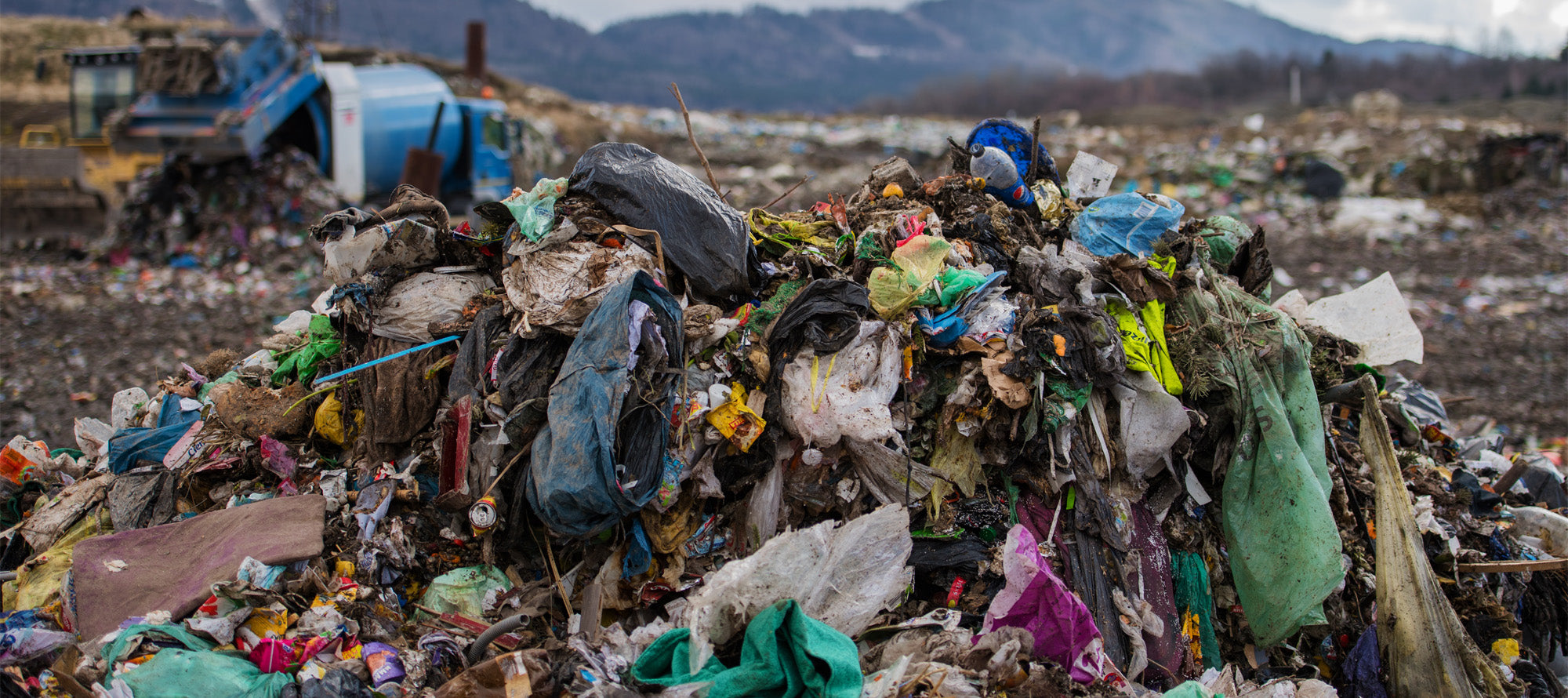Teflon-coated clothing – what you need to know!
Teflon (a brand name for polytetrafluoroethylene) is a strong, waxy, non-flammable, synthetic resin created by mistake in 1938 by Roy Plunkett, an American chemist.
This happy accident went on to revolutionise the world. By utilising the low water absorption properties of Teflon, Arrow Uniforms have developed a wide range of garments including scrubs, aprons, and gowns that incorporate Teflon into the fabric to repel liquids and prevent stains.
Uniforms are exposed to many unsightly stains and undesirable liquids; this is especially relevant in the healthcare and hospitality industries where your staff may not have time to change after encountering something they (really) did not want to. Teflon-coated uniforms will repel all liquids – like water off a duck’s back.

What actually is Teflon?
Teflon is formally known as Polytetrafluoroethylene, or PTFE for short. PTFE is a fluoropolymer, a polymer that has a strong carbon base and contains fluorine that forms a strong bond. The fluoride atoms cover the carbon atoms preventing them from reacting with other compounds when in they come in contact.
This unique chemical has very distinctive properties such as nonreactivity, low friction coefficient, excellent insulation, and hydrophobicity (does not like water). Due to these properties, PTFE has many applications, especially in the healthcare industry. Manufactures use PTFE in the production of semiconductors, medical devices, and chemical container coatings, it was even used in the gaskets and seals of atomic bombs! PTFE is the perfect chemical to use in these conditions because under normal usage conditions, it is one of the most inert, non-toxic, and non-flammable chemicals available.
Is it safe?
Over the years, concerns have grown regarding the safety of Teflon in the household. Intrinsically, Teflon is a very stable compound that when treated properly does not degrade or break down. However, if Teflon is exposed to temperatures exceeding 280oC (530oF), it begins to lose its integrity and releases toxic fumes.
Our Teflon-coated garments are made to be washed, dried, and ironed at temperatures below this threshold, ensuring the integrity of the Teflon remains undamaged. Refer to the care labels on your garment if you are uncertain.
How to care for it
The unique Teflon coating prevents stains from sticking to the garments and makes for easy removal in any household wash system. Caring for your Teflon clothing is very similar to how you would look after standard clothing:
- Warm machine or hand wash below 40o Celsius
- Cool rinse
- Do not bleach
- Slow spin drip dry
- Cool iron if required
- Do not over-dry
How does it work?
In its natural state and at room temperature, Teflon has a white solid appearance. In this state, it is very difficult to apply the chemical to fabric, so DuPont (owner of the Teflon brand) spent many years researching how to turn it into a liquid state.
This liquid state of Teflon is applied to the fabric at the textile mill phase typically just after the fabric has been dyed. The fabric can be sprayed with, rolled on, or simply dipped into a large container of liquid Teflon. These methods help the solution absorb and coat every single fibre in the fabric, ensuring a complete and even coverage. After the application process, the fabric is dried and then cut into the appropriate shapes to be made into clothing.
Want to find out more?
Sound like something you or your team would be interested in? Give our friendly customer care team a call on 04-589 5888 or email us at info@arrowuniforms.co.nz







Leave a comment
This site is protected by hCaptcha and the hCaptcha Privacy Policy and Terms of Service apply.